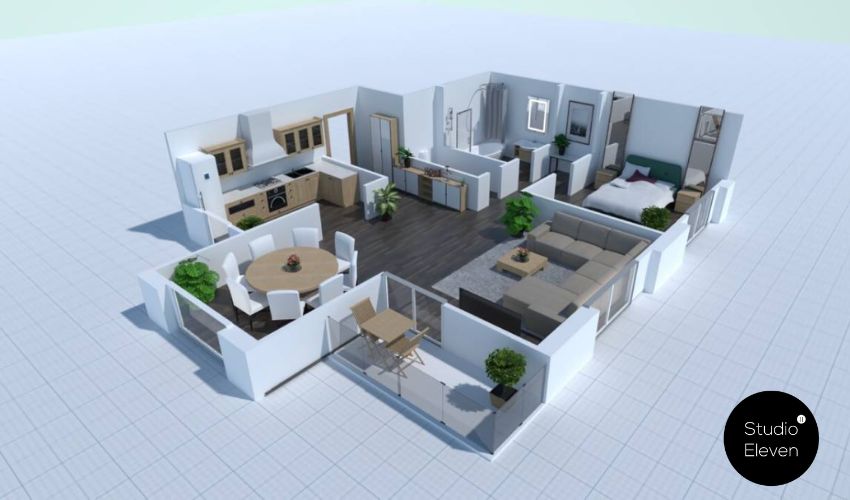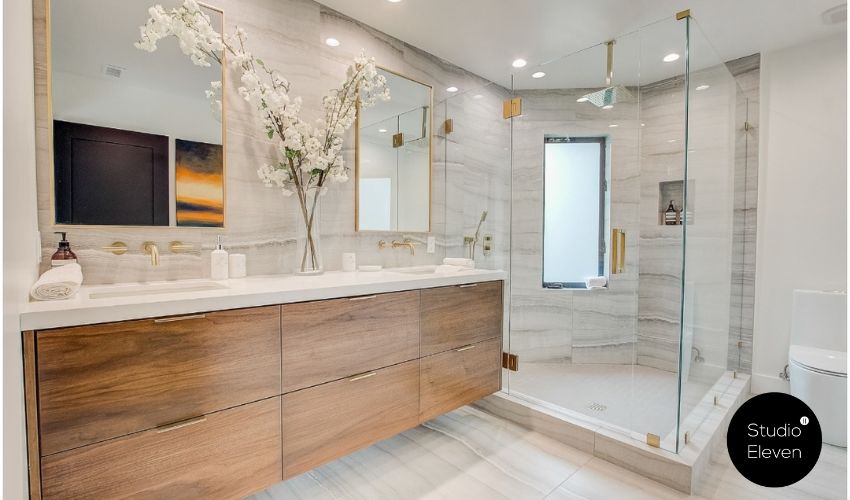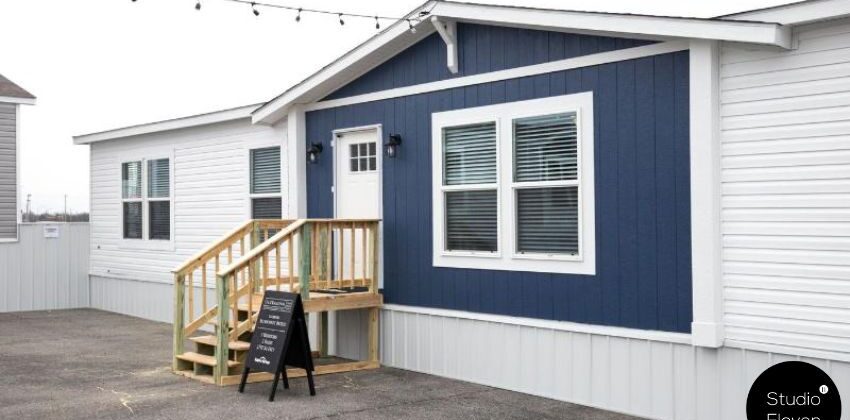
Mobile Home Remodeling Basics
Mobile homes offer unique opportunities and challenges when it comes to renovation. Before jumping into any remodeling project, familiarize yourself with the fundamentals of manufactured home construction and what makes these homes different from site-built houses.
Mobile Homes vs. Manufactured Homes: What’s the Difference?
The terms are often used interchangeably, but technically, “mobile homes” refers to factory-built homes constructed before June 15, 1976, while manufactured homes are those built after this date according to HUD code standards. This distinction matters because newer manufactured homes typically have better construction quality and may be easier to remodel.
Modern manufactured homes come in various sizes, including single-wide (500-1200 square feet), double-wide (1000-2200 square feet), and triple/multi-wide (2000+ square feet). Each size presents different remodeling opportunities and challenges based on available space and original layout.
Common Remodeling Projects for Mobile Homes
Popular mobile home remodel projects include:
- Kitchen upgrades (cabinets, countertops, appliances)
- Bathroom renovations
- Flooring replacement
- Wall modifications or removal for open concepts
- Exterior improvements (siding, roofing, porches)
- Window and door replacements
Many homeowners focus on creating an open floor plan to make smaller spaces feel larger and more modern. Removing non-load-bearing walls is one of the best ways to transform the look and feel of your manufactured home.
How to Plan Your Mobile Home Renovation?
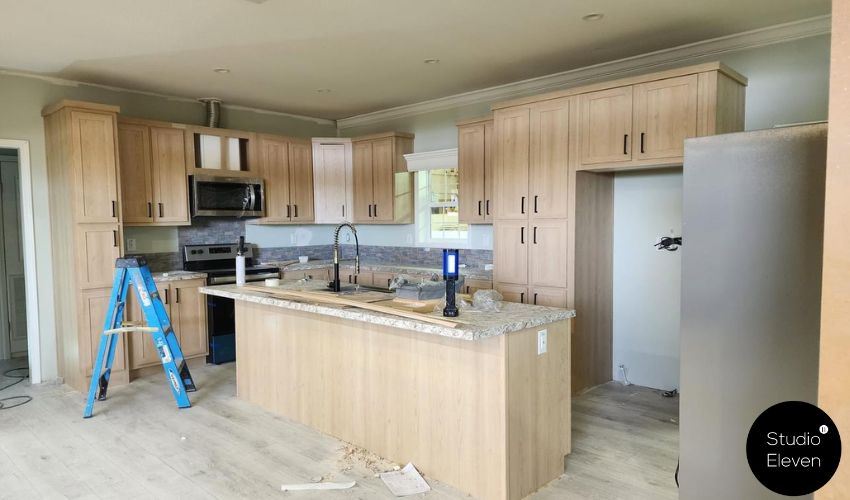
Successful renovations start with careful planning. Take time to assess your home’s current condition, set realistic goals, and establish a workable budget before beginning any work.
Assessment and Budget Considerations
Start by thoroughly inspecting your mobile home to identify potential issues that might impact your remodeling plans. Look for water damage, structural problems, outdated electrical systems, or plumbing issues that need addressing before cosmetic improvements begin. The typical renovation cost for a mobile home ranges widely:
- Simple cosmetic upgrades: $6,000-$8,000
- Average single-wide renovation: $52,000
- Average range for single-wide: $10,000-$30,000
- Average range for double-wide: $15,000-$30,000
Your total cost will depend on material quality, labor costs, the size of your home, and the extent of renovations. A full gut renovation can add $10,000-$20,000 to your base price.
Permit Requirements for Mobile Home Remodeling
Always check and review local regulations before starting the mobile home remodeling project. Many remodel projects require a permit, especially those involving structural changes, electrical work, or plumbing modifications.
Some areas have specific requirements for manufactured homes. For example, in California, you must submit an application (form HCD MH 415) to the Department of Housing and Community Development before beginning alterations.
Washington state requires permits for most manufactured home alterations. While cosmetic changes rarely require permits, always verify local requirements to avoid potential fines or complications when selling your home.
Interior Mobile Home Remodeling Ideas
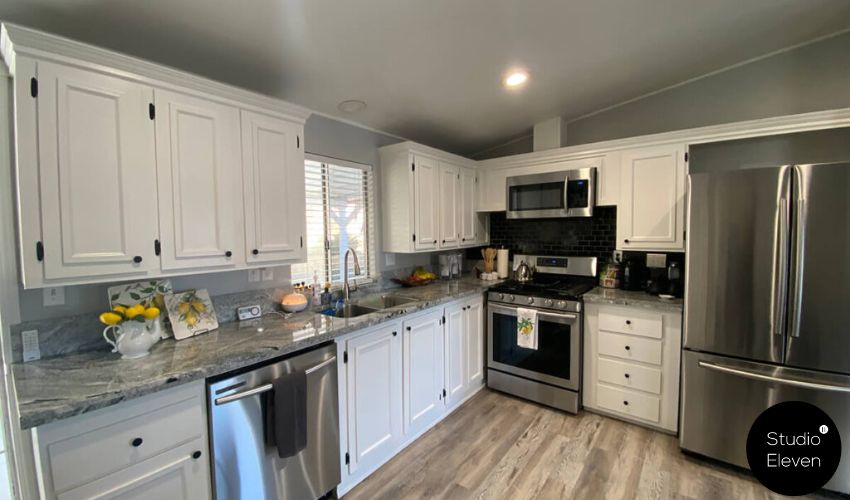
Interior renovations offer the biggest impact on your daily living experience. Focus on changes that improve functionality while updating the aesthetic appeal of your space.
Kitchen Remodeling Ideas
The kitchen represents a high-traffic area worth investing in. Popular kitchen remodel options include:
- Updating cabinets (refacing existing cabinets saves 50-70% compared to full replacements)
- Installing new countertops (butcher block offers affordable style)
- Adding a modern backsplash
- Upgrading appliances to energy-efficient models
- Implementing smart storage solutions like pull-out shelves and lazy Susans
Consider the “work triangle” between your sink, stove, and refrigerator to ensure efficient movement. Light-colored cabinets make small kitchens feel larger, while vertical storage maximizes limited space.
Bathroom Renovation Options
Bathroom renovation must not cost a lot of money. Consider these budget-friendly approaches:
- Keep the original layout to avoid expensive plumbing relocations
- Replace fixtures rather than entire sinks or tubs
- Update vanities and medicine cabinets for improved storage
- Install a walk-in shower to create a sense of space
The bathroom remodel cost can be kept under $1,000 if you maintain the existing layout, while more extensive changes with layout modifications will cost significantly more.
Living Space Transformations
Living areas benefit from these popular updates:
- Flooring replacement (vinyl plank, laminate, or engineered wood work best in manufactured homes)
- Fresh paint in light, neutral colors
- Crown molding or shiplap to add character and hide seams
- Updated lighting fixtures to brighten spaces
- Removal of non-load-bearing walls to create open concept living
Remember that interior walls in manufactured homes often have different construction than site-built homes. Always verify which walls are load-bearing before removal.
Exterior Mobile Home Remodeling Projects
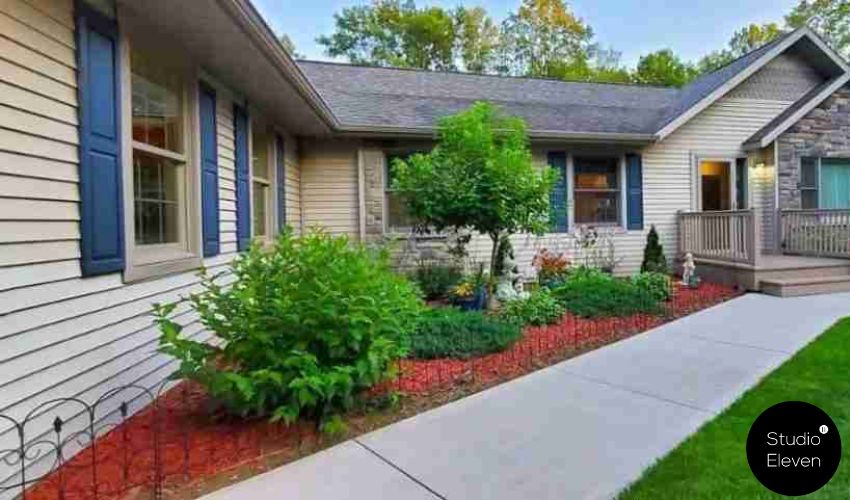
Exterior updates dramatically improve curb appeal and can help your mobile home look more like a traditional house.
Skirting and Foundation Options
Skirting refers to the material that covers the space between your home and the ground. Updating this element delivers significant visual impact with relatively low cost and effort. For a more permanent look, consider installing a permanent foundation. This option provides the most “house-like” appearance and might increase your home’s value, though it requires professional installation and proper permits.
Roof and Siding Updates
Roof and siding updates transform the overall appearance of your manufactured home:
- Install a pitched roof for better drainage and more traditional appearance
- Consider energy-efficient roofing materials to improve insulation
- Update siding with vinyl, which costs $3,000-$12,000 but dramatically changes the home’s look
- Paint exterior walls ($1,500 average cost) for a budget-friendly refresh
Adding a porch, deck, or other outdoor living space further enhances your home’s exterior while providing additional functional space.
DIY vs Professional Mobile Home Remodeling
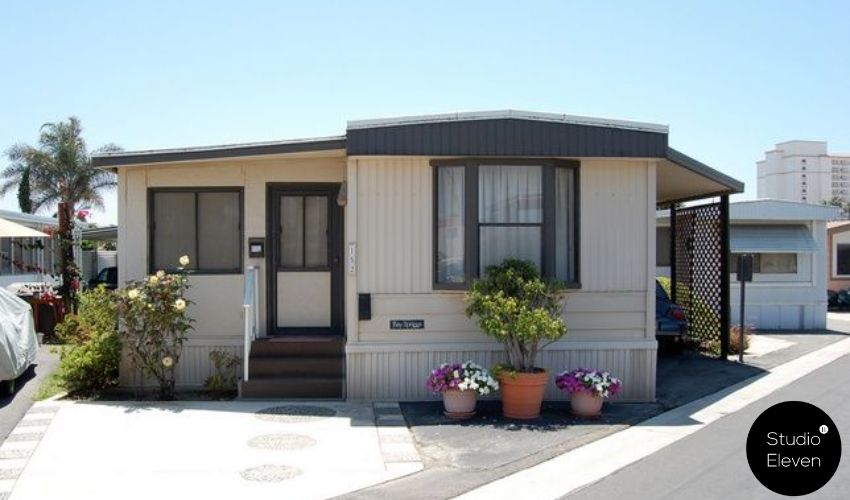
Deciding what to tackle yourself versus hiring professionals impacts both your budget and results.
Projects You Can DIY
Many homeowners successfully complete these projects:
- Painting walls
- Installing laminate or vinyl plank flooring
- Replacing cabinet hardware
- Adding backsplash
- Installing shelving
- Replacing light fixtures
- Updating interior doors
DIY projects save money but require time and basic skills. A complete DIY home remodel might take months versus weeks with professional help.
When to Hire Professionals?
Some projects typically require professional expertise:
- Structural modifications
- Electrical work
- Plumbing changes
- Roof replacement
- Foundation installation
- Gas line modifications
When hiring contractors, look for those with specific experience in mobile home work. Ask for references and verify they carry proper insurance and licensing. Some areas require contractors to have a C-47 General Manufactured Housing Contractor license for mobile home work.
Cost Considerations for Mobile Home Remodeling
Smart planning helps maximize your renovation investment while avoiding common pitfalls.
Budget-Friendly Remodeling Ideas
Stretch your remodeling dollars with these approaches:
- Refinish rather than replace (cabinets, bathtubs)
- Paint rather than replace (walls, cabinetry)
- Use peel-and-stick backsplash instead of ceramic tile
- Choose luxury vinyl plank instead of hardwood
- Upgrade hardware and fixtures before replacing entire units
- Maintain existing layouts to avoid moving plumbing or electrical
Many homeowners complete impressive renovations for under $10,000 by focusing on high-impact, low-cost changes and doing much of the work themselves.
High-Value Renovation Projects
For the best return on investment, focus on these areas:
- Kitchen and bathroom updates
- Energy-efficient windows and insulation
- Flooring updates
- Modern lighting
- Creating more open floor plans
- Adding outdoor living spaces
Remember that while a mobile home typically depreciates over time, well-executed renovations can help maintain or even increase its value, especially in today’s competitive housing market.
Conclusion
Remodeling a mobile home presents an excellent opportunity to customize your space and potentially increase its value. Whether you plan a few cosmetic updates or a complete transformation, proper planning, realistic budgeting, and attention to permit requirements ensure successful results.
Mobile and manufactured homes offer unique benefits including affordability and efficient use of space. With thoughtful renovation, these homes can deliver comfortable, stylish living comparable to traditional site-built houses but often at a fraction of the cost.
Before beginning your project, thoroughly assess your home’s condition, research local regulations, and consider which projects offer the best return for your specific situation. With careful planning and execution, your renovated mobile home can become the comfortable, personalized space you have always wanted.


